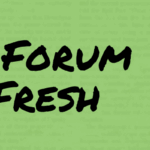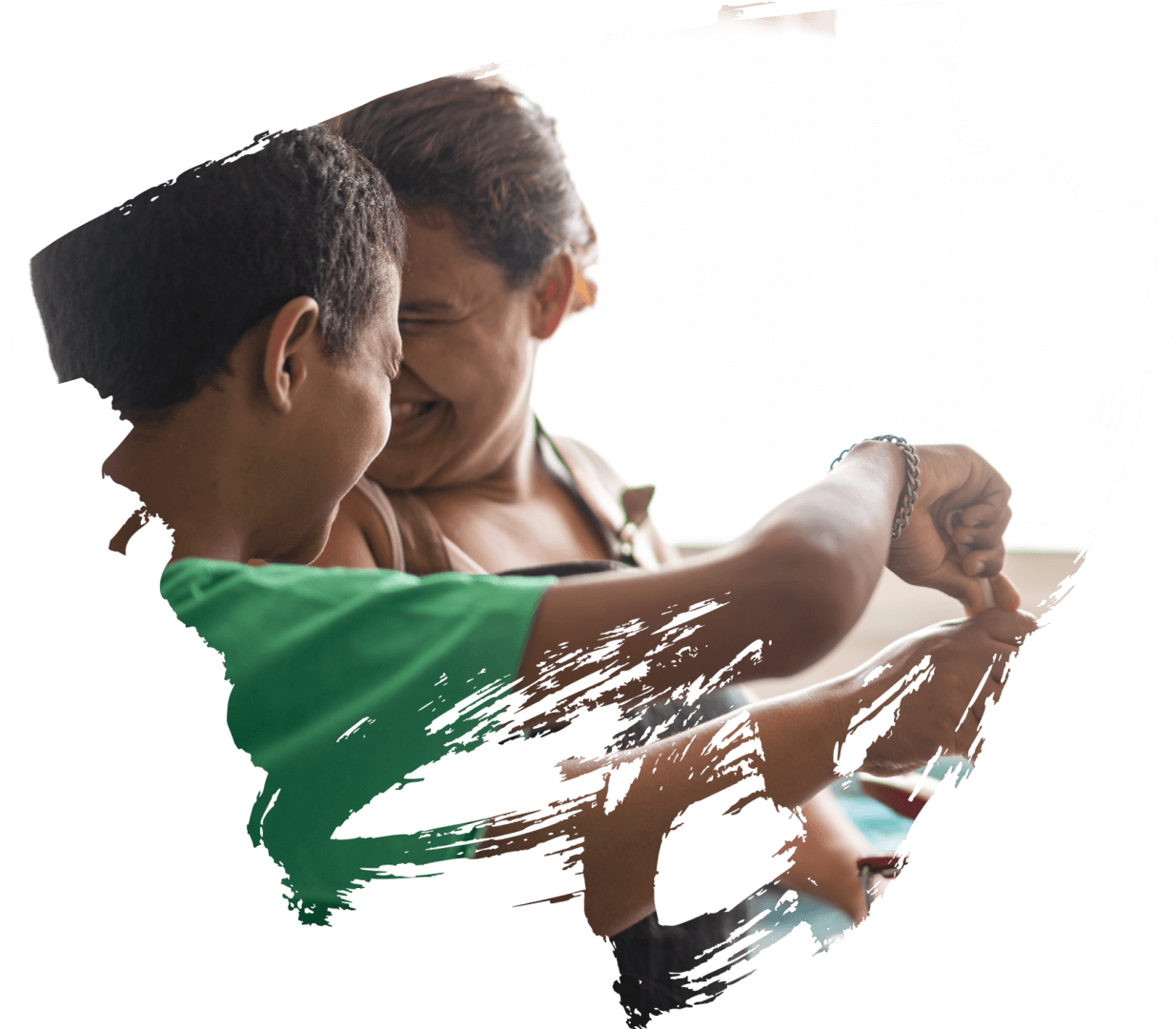As the cost of living continues to rise in California, low and moderate income households are struggling to put food on the table. Hunger does not discriminate; it impacts seniors, working families, and our veterans. Over 97,000 veterans in California depend on CalFresh to supplement their household food budget to help make ends meet. Many more struggle without access to vital food assistance. Documenting hunger and homelessness among California’s veterans in this photo essay, by photojournalist Rucha Chitnis, gives faces and voices to the people behind the numbers.
Amanda Hill unloads boxes of fresh fruit and produce at the Veterans Transition Center (VTC) in Marina, California. Bags of bananas, apples, peaches and citrus are lined up on tables, a weekly donation from the neighborhood Trader Joe’s. “I volunteer for the Thursday food pantry, because I see the direct value of this program for our homeless veterans,” she says. As the wife of a former Marine, she commiserates with the pain of veterans experiencing chronic homelessness and food insecurity. “We became homeless a year and a half ago,” she continues. “We were living out of a car with two children, making runs to food pantries and Salvation Army, trying our best to find resources and places to shower,” she shares.
Hunger among veterans is, sadly, not unusual. At a recent “Veterans Stand Down” event in Modesto, nonprofits, community colleges and state agencies offered resources to homeless veterans. Jessica Anguiano of Catholic Charities of the Diocese of Stockton shared resources on nutrition benefits, such as CalFresh, the program formerly known as food stamps. “There is stigma around food stamps. We educate our clients on how CalFresh is an important resource,” she said.
Lamar Jacques Green shares that he has grappled with the stigma of using food stamps and being homeless. “Hunger is real,” said Green, who is today a substance abuse case manager at the VTC. “I had back pain stemming from military service and was unable to work for a while…I have been that single father of four who went to bed hungry,” he revealed. While the days of hunger and homelessness are in the past for Green, he sees the need for protecting federal programs that support low-income people to access nutrition as he counsels impoverished veterans in recovery.
While emergency food banks play a vital role in responding to hunger in underserved communities, they cannot meet the needs of many given their limited resources and capacity. Anti-hunger groups assert that strengthening federal programs, such as SNAP (the federal name for CalFresh), is paramount. “CalFresh helps nearly four million people in California. The state in large parts has adopted helpful policies to support more people to qualify for this program given our higher costs of living for housing, childcare and transportation,” said Jared Call, a nutrition policy advocate at California Food Policy Advocates (CFPA), a statewide policy organization that advocates for the right of Californians to access nutritious affordable food. Call asserts that CalFresh also qualifies children from low-income families to seamlessly enroll for free breakfast and lunches in schools. “Healthy food is a human right. We would like to see food stamp programs strengthened, not cut by the current administration. While there’s talk of shifting tax burdens to benefit the wealthiest, it seems shocking that this might be done on backs of those struggling to make ends meet,” he said.
Jacky Murphy concurred: As the deputy director of the VTC and a veteran, Murphy notes it’s unconscionable for food and housing programs to be on the chopping block of the federal budget. “This is a moral and an ethical question. The nexus of food insecurity and homelessness in veterans is a great stressor…CalFresh offers another layer of a safety net. Let’s accept there’s a problem and work to solve it.”
Volunteers haul boxes of fruits, meats and vegetables for the Thursday food pantry day at the Veterans Transition Center in Marina, California.
Amanda Green, a food pantry volunteer, has a lived experience with food insecurity and homelessness. “No mother should have to explain to their child why they can’t have a warm dinner at night,” she says. According to CFPA, the overwhelming majority of CalFresh participants are children living in poverty. In California, 74% of CalFresh participants are families with children and almost 50% are working families struggling to make ends meet.
“CalFresh is important. We have to focus on nutrition and preventative care. If you take away these benefits, people will be forced to buy the dollar menu at McDonald’s,” said Jessica Anguiano at the 2017 Veteran’s Stand Down event in Modesto. Anguiano is the former Benefit Assistant of Nutrition Program at Catholic Charities of the Diocese of Stockton.
Frank Langston, a veteran with a visual disability, is a regular volunteer at the food pantry. Frank struggles with PTSD and hyper vigilance and has received counseling and transitional housing at the VTC. “It’s not a whole lot of fun being hungry,” he said. “On one hand, you have people throwing half their meals out, on the other you have others who can’t get anything. The Veterans Transition Center helps us with food stamps, DMV and social security services. It took me awhile to get used to people smiling at me and being nice,” he shared.
Tiffany Bass-Breazile served in the military for six years and is a caregiver to her two grandchildren. “I am raising my grandchildren, and I am disabled. I do what I have to do to make ends meet, going to Churches and food pantries. We need more benefits from CalFresh. That would really help people,” she said.
“All of us are here, because food is expensive in California,” said Howard Hanson, a disabled veteran.
A Korean veteran and barber, Richard Barbosa gives haircuts to veterans who have struggled with homelessness at the 2017 Veteran’s Stand Down gathering in Modesto. “CalFresh is very important. Some veterans have no means of getting any nourishment, so they have to rely on CalFresh. It’s important aspect of their survival, especially if they are homeless,” said Richard Lopez, a veteran who is a program assistant at Catholic Charities of the Diocese of Stockton.
“It’s our collective failure and our nation’s failure that people are homeless and hungry. This not-in-my-backyard approach must end. As a culture, we are not ready to accept that these people are a part of our community. Why do we look the other way?,” said Jack Murphy, Deputy Director of the VTC.
The VTC staff share that many homeless veterans don’t have documents, such as birth certificates, driver’s license or social security cards. The costs of applying for new documentation are burdensome for veterans in poverty.
Many veterans experience intersecting oppressions that exacerbate their vulnerability, such as race, class and disability. According to the National Alliance to End Homelessness, homeless veterans tend to be overwhelmingly males living in a city, with black veterans comprising 39% of the total homeless veteran population.
NO ONE SHOULD GO HUNGRY IN OUR STATE. JOIN US IN TAKING ACTION.
From farm workers to military veterans, college students to working families, and the very youngest to the very oldest among us all Californians deserve the opportunity to put nutritious food on the table, especially the food grown here in our state.
Note: CFPA is republishing this 2017 photo essay by Rucha Chitnis with updated data on veteran participation in CalFresh, made newly available by the Center on Budget and Policy Priorities.
Questions? Contact: Melissa Cannon at 510.433.1122 ext 102
















